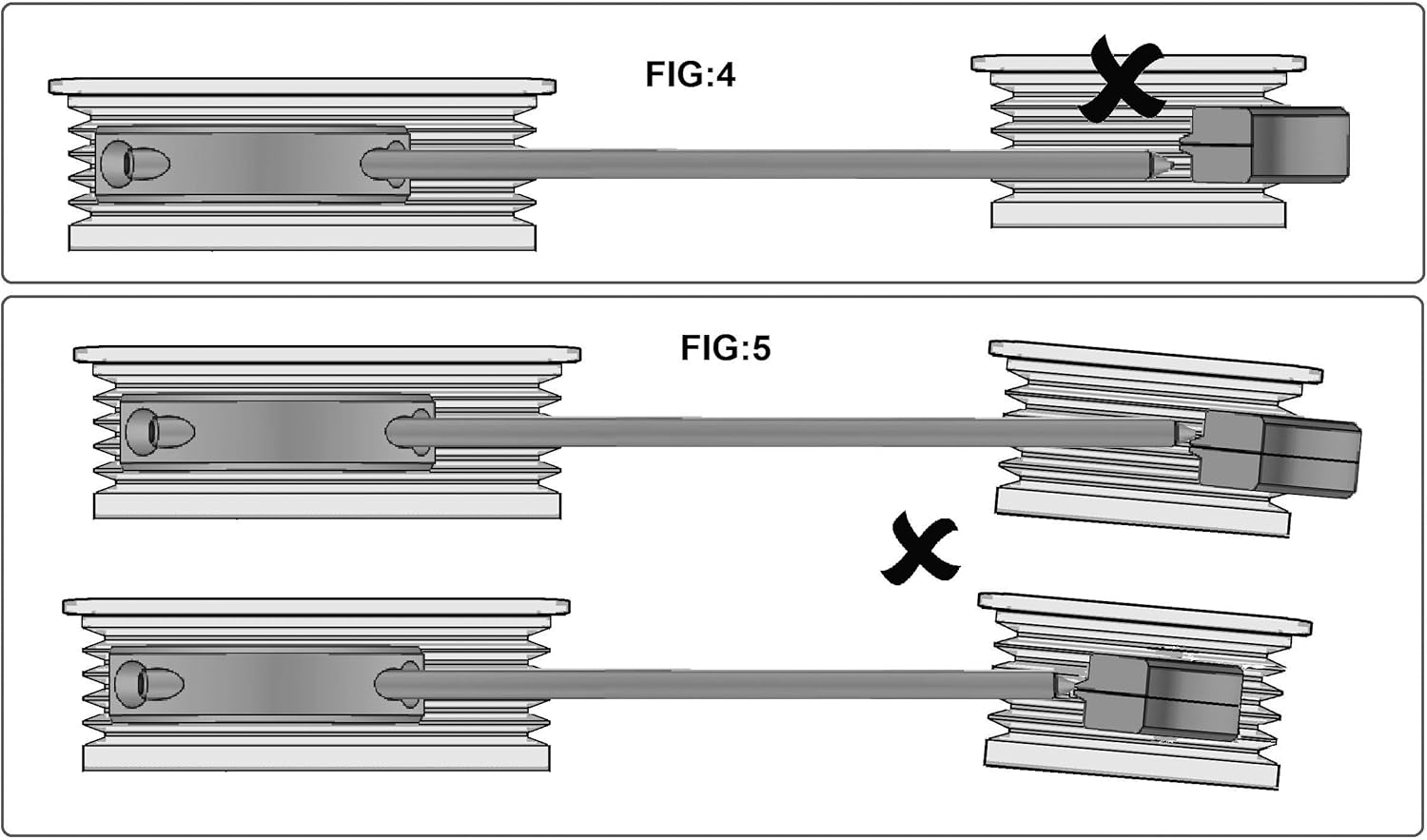cardude01
Guru
- Joined
- Nov 26, 2012
- Messages
- 5,290
- Location
- USA
- Vessel Name
- Bijou
- Vessel Make
- 2008 Island Packet PY/SP
My little Yanmar 4JH4-HTE has a 110 amp Balmar alternator on it. It has always had belt slippage problems and I’m replacing the belt every three months or so plus dealing with all the belt dust.
The kit I found seems expensive, but maybe it’s worth it? I can buy a lot of belts for $430, but this would make less work in the long run.
My crank pulley has a bit of rust on it that I’ve tried to clean but can’t seem to get smooth. I think that’s helping to eat the belts.
Is a conversion worth it?
https://shop.pkys.com/Balmar-48-YSP-4JH-B-Pulley-Kit-for-Yanmar-4JH4-HTE-TE-DTE_p_6152.html
The kit I found seems expensive, but maybe it’s worth it? I can buy a lot of belts for $430, but this would make less work in the long run.
My crank pulley has a bit of rust on it that I’ve tried to clean but can’t seem to get smooth. I think that’s helping to eat the belts.
Is a conversion worth it?
https://shop.pkys.com/Balmar-48-YSP-4JH-B-Pulley-Kit-for-Yanmar-4JH4-HTE-TE-DTE_p_6152.html
Last edited:


